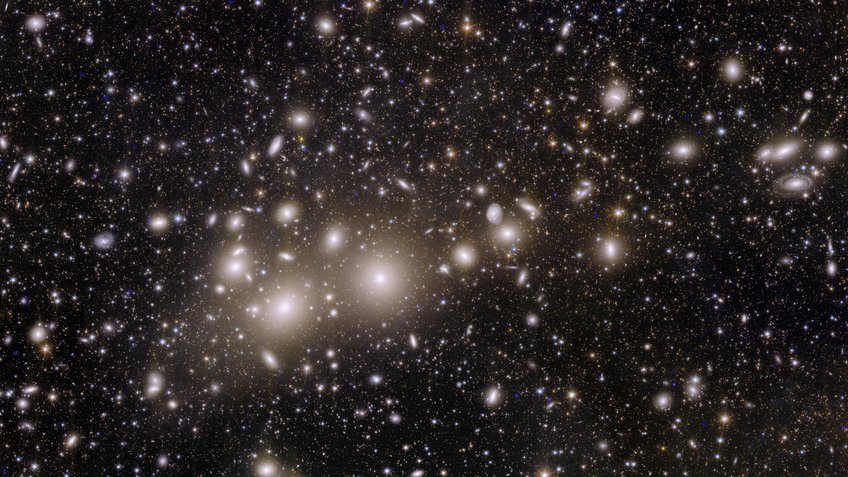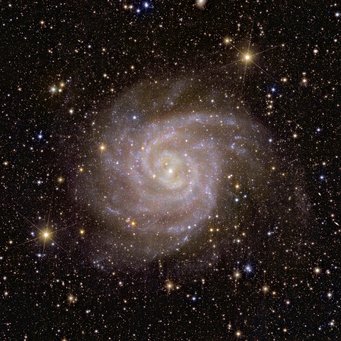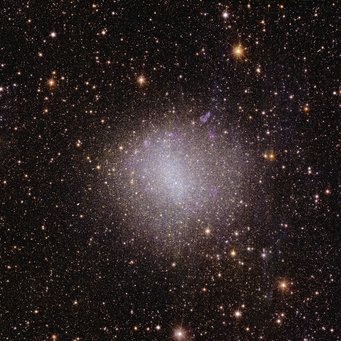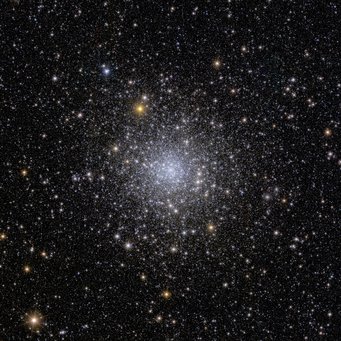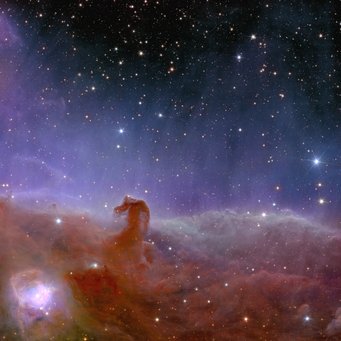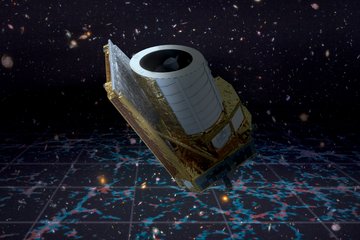Euclid space telescope delivers first scientific images
Researchers from German research institutes are excited and are eagerly awaiting the first results.
Euclid, ESA's newest space telescope with strong German participation, released its first colour photos from space today. Never before has a telescope been able to take such sharp astronomical images over such a large area of the sky while looking so deep into the distant universe. The five images show Euclid's full potential. They illustrate that the telescope is poised to produce the most comprehensive 3D map of the universe to uncover some of its dark secrets. The German members of the Euclid consortium are at the forefront of the research, contributing key technical components and logistical services.
NOTICE! The images accompanying this press release are subject to an ESA embargo until 7 November 2023, 2:15 pm CET. To get access to the images before the expiry of the embargo period, media representatives can register here.
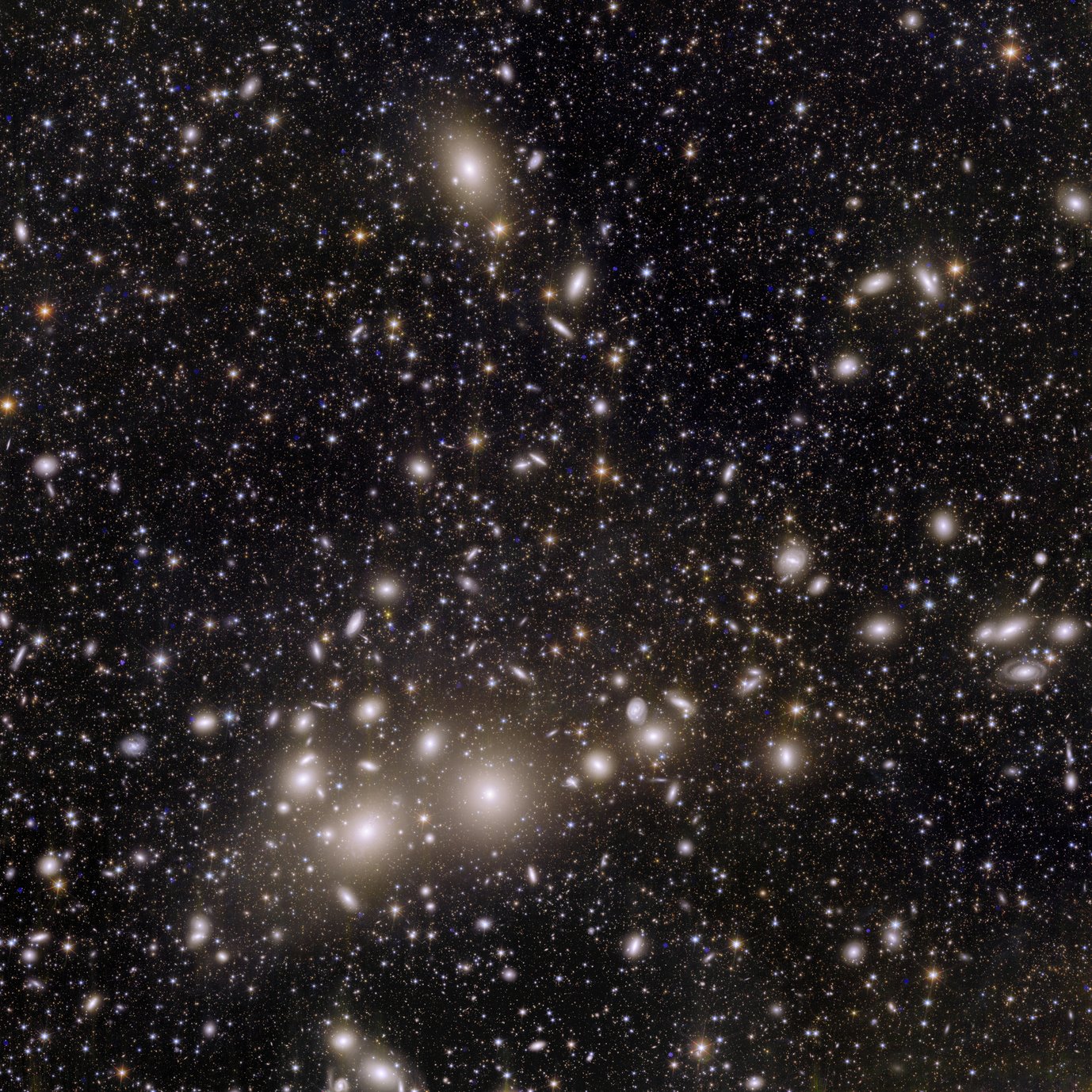
This incredible snapshot from Euclid is major progress for astronomy. The image shows 1000 galaxies belonging to the Perseus Cluster, and more than 100 000 additional galaxies further away in the background.
Many of these faint galaxies were previously unseen. Some of them are so distant that their light has taken 10 billion years to reach us. By mapping the distribution and shapes of these galaxies, cosmologists will be able to find out more about how dark matter shaped the Universe that we see today.
This is the first time that such a large image has allowed us to capture so many Perseus galaxies in such a high level of detail. Perseus is one of the most massive structures known in the Universe, located ‘just’ 240 million light-years away from Earth.
Euclid's most important task is to make the most detailed 3D mapping of the dark universe ever seen. This special telescope helps to find out how dark matter and dark energy make our universe look the way it does today. 95% of our cosmos seems to be made up of these mysterious “dark” ingredients. While dark matter determines the gravitational effects between and within galaxies and initially caused the expansion of the universe to slow down, dark energy is responsible for its current accelerating growth. However, we do not yet understand what they are made of, as their presence causes only very subtle changes in the appearance and movements of the objects we can see.
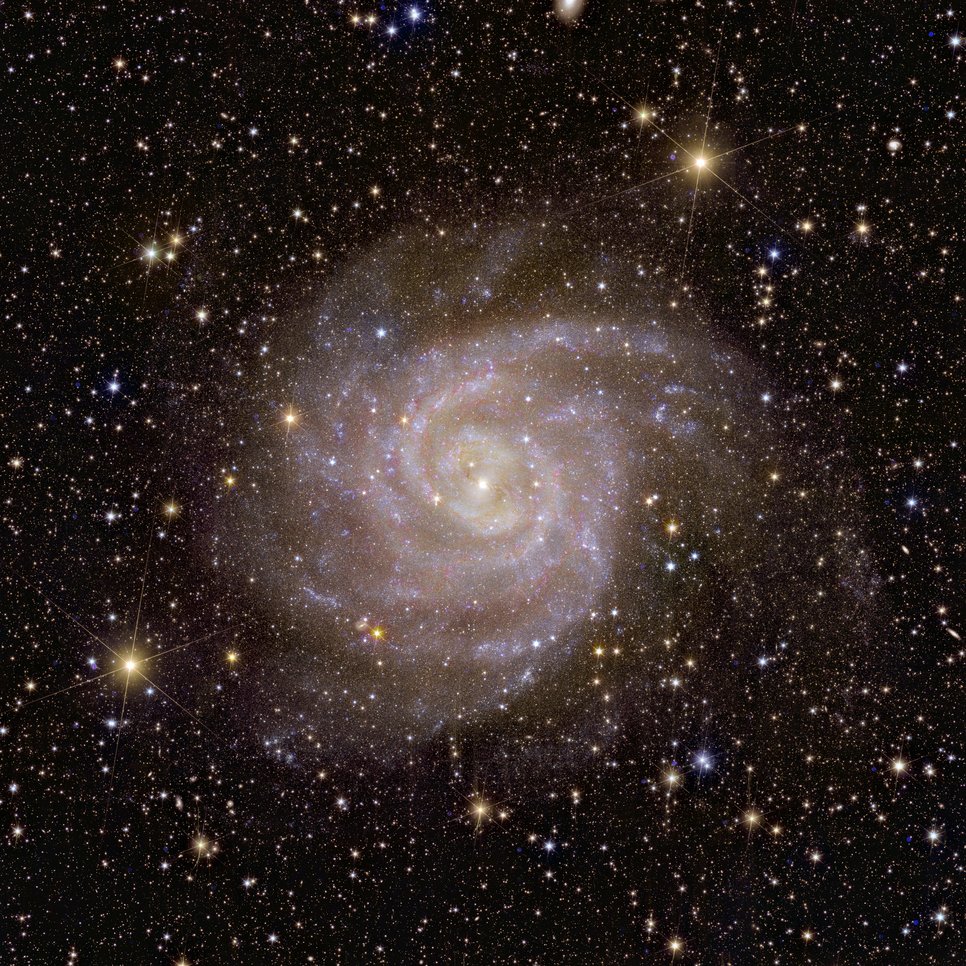
Over its lifetime, our dark Universe detective will image billions of galaxies, revealing the unseen influence that dark matter and dark energy have on them. That’s why it’s fitting that one of the first galaxies that Euclid observed is nicknamed the ‘Hidden Galaxy’, also known as IC 342 or Caldwell 5. Thanks to its infrared view, Euclid has already uncovered crucial information about the stars in this galaxy, which is a look-alike of our Milky Way.
To detect the “dark” influence on the visible Universe, Euclid will use its two instruments, VIS (Visible Instrument) and NISP (Near Infrared Spectrometer and Photometer), to observe the shapes, distances and motions of billions of galaxies up to 10 billion light years away over the next six years. As a result, it will produce the most comprehensive 3D cosmic map ever made. An example of such observations is the new image of the Perseus galaxy cluster, taken as part of the Early Release Objects (ERO) programme and now published. Matthias Kluge, a scientist at the Max Planck Institute for Extraterrestrial Physics (MPE) in Garching and at the Ludwig Maximilian University (LMU) in Munich, explains: “With Euclid's huge field of view and its high sensitivity, the galaxies in the Perseus Galaxy Cluster can be measured down to their outermost and faintest regions. Together with the numerous globular clusters that we discover in the razor-sharp images, we thus gain new insights into the late stages of galaxy evolution, when galaxies collide and merge.”
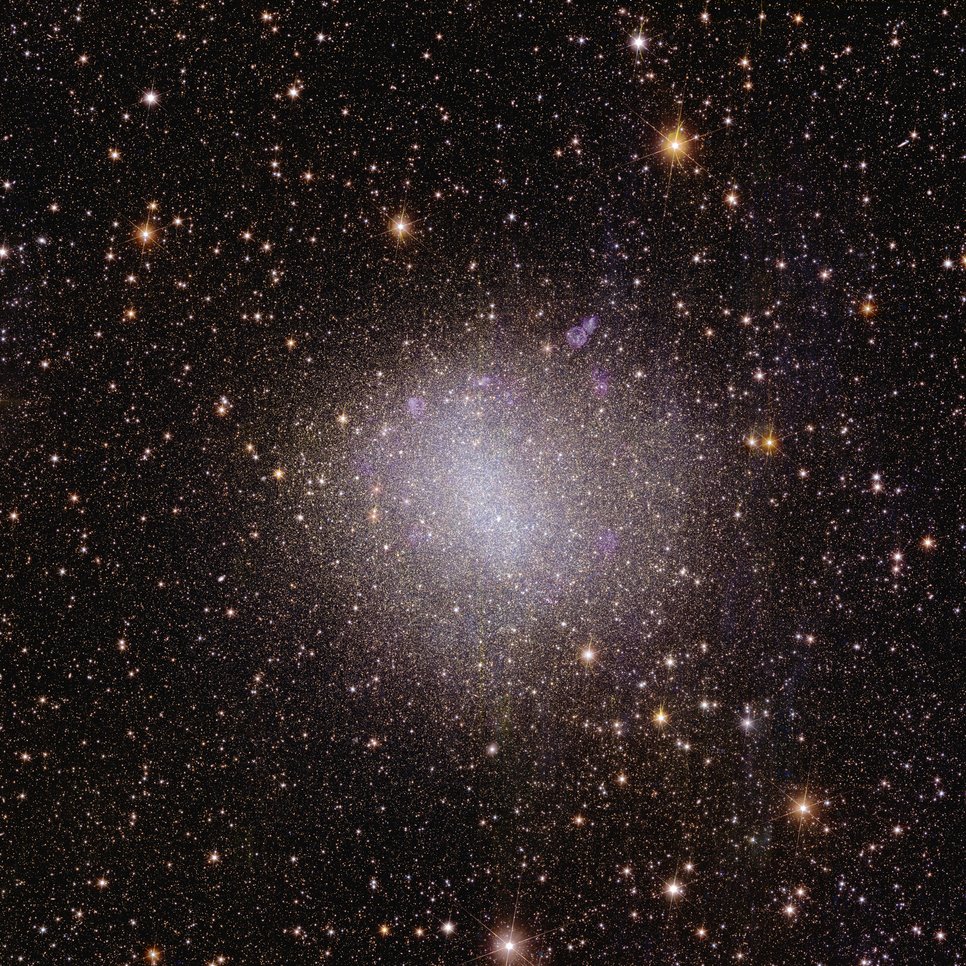
To create a 3D map of the Universe, Euclid will observe the light from galaxies out to 10 billion light-years. Most galaxies in the early Universe don’t look like the quintessential neat spiral, but are irregular and small. They are the building blocks for bigger galaxies like our own, and we can still find some of these galaxies relatively close to us. This first irregular dwarf galaxy that Euclid observed is called NGC 6822 and is located close by, just 1.6 million light-years from Earth.
At LMU, Koshy George is actively involved in the detailed analysis of spiral galaxies observed as part of the ERO programme. He notes: “The early data from Euclid are stunning! With the large field of view, clarity and sensitivity of the VIS and NISP instruments, we can discover many new details around the galaxies over a wider range than was previously possible.” Joe Mohr (LMU) also helped define the ERO programme and select the objects as the German representative on the Euclid science team.
Euclid's first look at the cosmos is not only beautiful, but also of great value to science. First, it shows that the Euclid telescope and instruments work extremely well and that astronomers can use Euclid to study the distribution of matter in the Universe and its evolution at the greatest distances. Secondly, each individual image contains a wealth of new information about the nearby universe. In this way, these images take us beyond the realm of dark matter and dark energy and show how Euclid will create a treasure trove of knowledge about the physics of individual stars, the Milky Way and other galaxies.
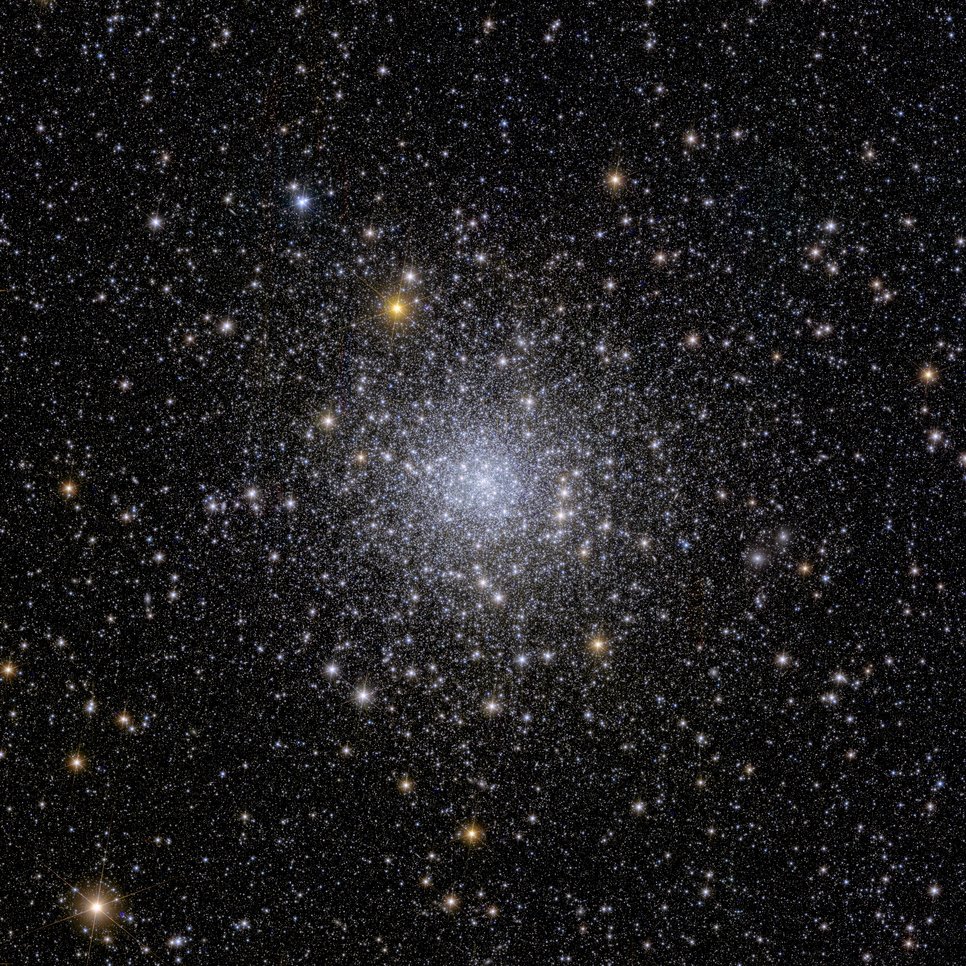
This sparkly image shows Euclid’s view on a globular cluster called NGC 6397. This is the second-closest globular cluster to Earth, located about 7800 light-years away. Globular clusters are collections of hundreds of thousands of stars held together by gravity. Currently no other telescope than Euclid can observe an entire globular cluster in one single observation, and at the same time distinguish so many stars in the cluster. These faint stars tell us about the history of the Milky Way and where dark matter is located.
What makes Euclid's view of the Universe special is its ability to produce a remarkably sharp visible and infrared image over a large portion of the sky in just one pass. “Euclid will have observed 14,000 square degrees at the end of its mission – 35% of the total sky. The telescope will collect enormous amounts of data and find orders of magnitude more objects than previously possible,” Maximilian Fabricius (MPE, LMU) says. Combined with image data from ground-based telescopes, this will create the largest and most accurate multi-wavelength catalogue in extragalactic astronomy.
However, it would not be possible without precise calibration of the data. For this purpose, the influences of the telescope with its instruments as well as the harsh environment of space are precisely determined and taken into account when optimizing the data and images. The Max Planck Institute for Astronomy (MPIA) in Heidelberg is responsible for this task for the NISP instrument. Calibration mediates between the ideal conception of the telescope system and real technology. This also means optimizing the properties determined in advance in the laboratory during operation. “The instrument is as it is,” says Knud Jahnke, instrument scientist at MPIA. “With the system launched, you can already take pretty nice pictures of the sky, but the science is often in the details. To really do cosmology, to get better images than would ever have been possible from the ground, it's not enough.”
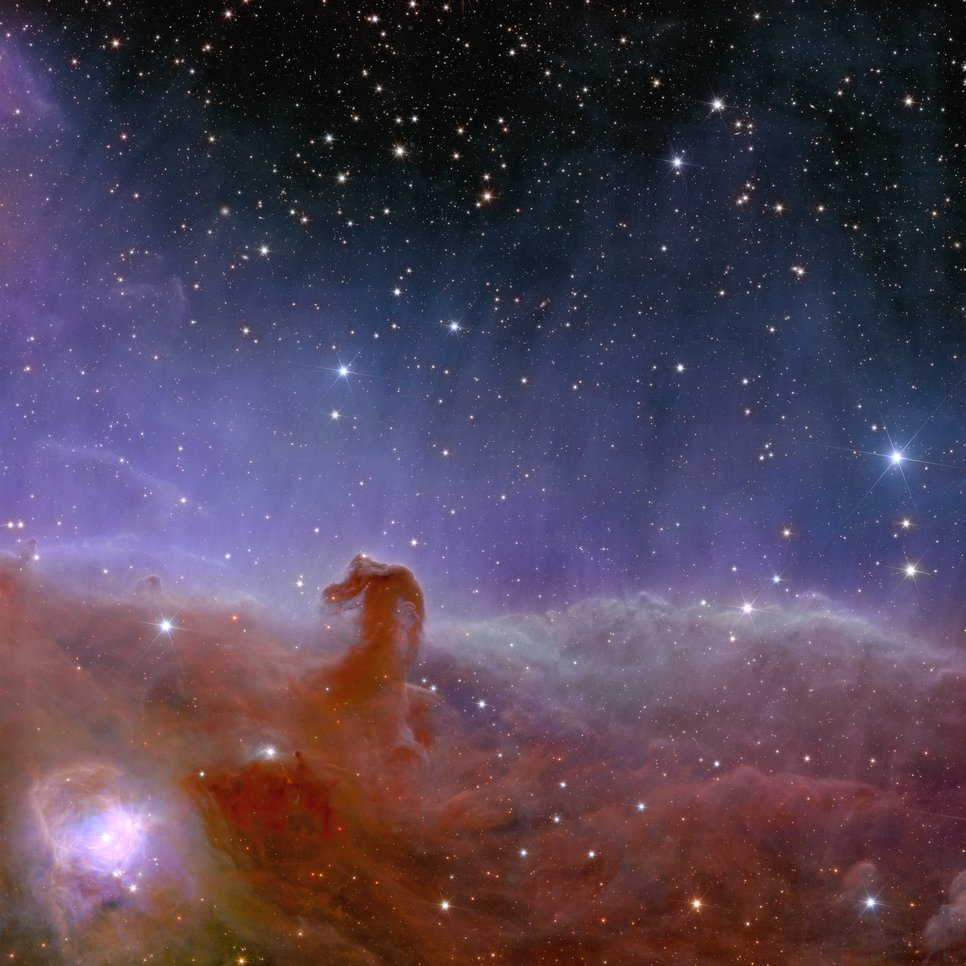
Euclid shows us a spectacularly panoramic and detailed view of the Horsehead Nebula, also known as Barnard 33 and part of the constellation Orion. In Euclid’s new observation of this stellar nursery, scientists hope to find many dim and previously unseen Jupiter-mass planets in their celestial infancy, as well as young brown dwarfs and baby stars.
“With the first scientific images and the excellent image quality, especially of our instrument NISP, we are happy and proud to have contributed to these great results,” says Frank Grupp (MPE, LMU), under whose leadership the optics of the NISP instrument were developed and built at MPE. Euclid contains the largest optical lenses ever developed for a scientific space mission. Grupp adds: “We would also like to thank the German Space Agency at the German Aerospace Center (DLR) in Bonn in particular here for their continuous support during all phases of the project.”
The task now is to evaluate the wealth of data in the coming months and years, which will eventually result in a handsome number of scientific publications. In addition, Euclid's results will lead to further follow-up observations with other telescopes to complete the knowledge about the individual objects.
Background information
Euclid is a space mission of the European Space Agency (ESA) with contributions from the National Aeronautics and Space Administration (NASA). It is the second M-class mission in ESA's Cosmic Vision programme.
VIS and NISP were developed and built by a consortium of scientists and engineers from 17 countries, many from Europe, but also from the USA, Canada and Japan. From Germany, the Max Planck Institute for Astronomy (MPIA) in Heidelberg, the Max Planck Institute for Extraterrestrial Physics (MPE) in Garching, the Ludwig Maximilian University (LMU) in Munich, the University of Bonn (UB), the Ruhr University Bochum (RUB) and the German Space Agency at the German Aerospace Centre (DLR) in Bonn are participating.
The German Space Agency at DLR coordinates the German ESA contributions and also provides funding of 60 million euros from the National Space Programme for the participating German research institutes.
With around 21%, Germany is the largest contributor to the ESA science programme.
